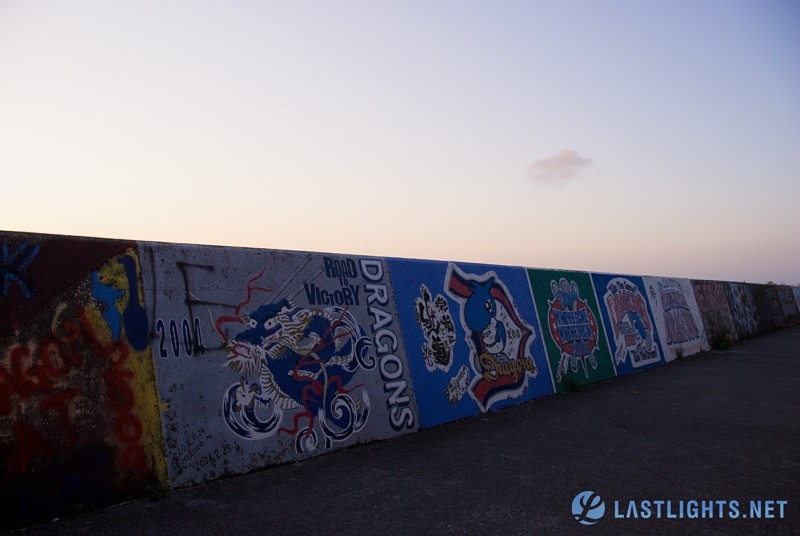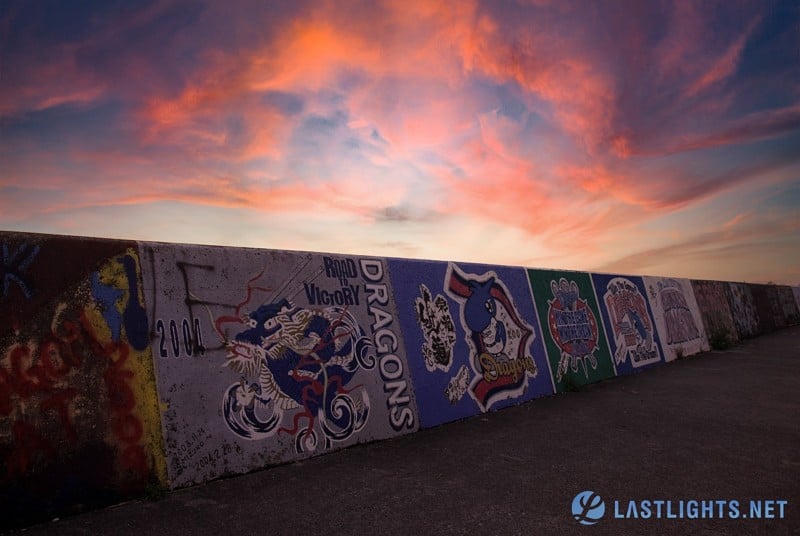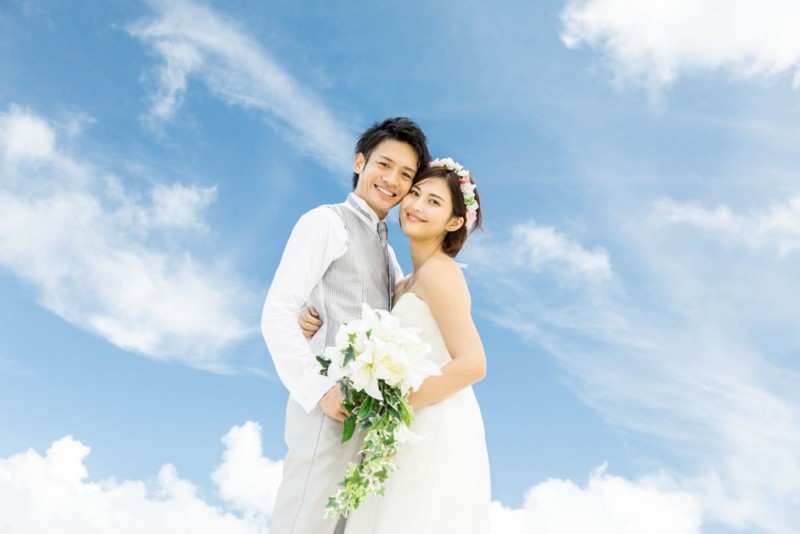![]()
Let me ask you a question. Is this photo real or fake? This might be a difficult question because the answer depends on what you define as real or fake.
Where is the Line, and Who Draws It?
Firstly, there is no denying that post-production (a.k.a. post-processing) is an essential part of the photographer’s workflow today, especially if you shoot RAW. Between RAW and the final output such as JPG or PNG, we typically tweak a number of settings in photo editing software, such as color temperature, exposure, vibrance, and saturation, etc.
These adjustments can probably be seen as “enhancement” (if not done excessively) rather than “manipulation”, but where do you draw the line? Or who draws the line? In photo editing, there is no playbook that tells us rules, so the boundary that defines real and fake gets quite blurry.
Personally, I like to keep post-production to a minimum, but that’s just my style, and of course, I respect others pursuing their own styles. That said, some tend to go too far (intentionally or unintentionally), making their photos look more like digital art. I’m sure that you’ve seen such sunset or blue hour photos that are overly vibrant and looking rather unreal.
Adobe Photoshop’s New Photographic Cheat
And here comes Adobe Photoshop (among others) actively playing a part in another photographic cheat. Yes, I’m talking about the infamous AI-powered sky replacement tool.
In fact, I used this sky replacement tool (plus a few tweaks) to create the photo at the top. So, the answer to my question is “fake” (or you could say “fake enough”). Here, you can see “before and after” versions.


I don’t deny that the “after” version looks much more interesting, but what’s fun about this?
To me, a tool like this takes the fun out of photography. We don’t know what kind of sky we’re going to get until heading to a location. Depending on the weather, we may get undesirable sky, but that’s just a part and parcel of photography that we should embrace.
The Controversy Sky Replacement Brings to Photography
Among photographers, the topic of image manipulation has long been a contentious issue, but it seems that sky replacement has triggered a bigger debate within the photography community.
My good friend Daniel from Sydney, Australia has recently released a podcast episode titled “What Does This Mean for the Future of Photography?“, talking about this very topic (about 7 minutes in):
In the episode, Daniel says we should be upfront about using such a tool and try not to pass off sky-replaced images as ones that are done in-camera. I second his opinion, as such an act is (1) ethically wrong and (2) those photos aren’t yours anymore when manipulating to that extent.
We might come across as a purist, but there is a consequence to be faced as well. In recent years, we’ve seen a growing number of photography competition winners being disqualified retrospectively and stripped of their prizes due to excessive image manipulation exposed. This tells us that those images aren’t seen as “photography”.
Cases in Which Sky Replacement Is Used for Good Causes
With all that said, we understand that Adobe Photoshop isn’t just made for hobbyists and enthusiasts shooting landscapes.
For example, sky replacement should come in handy for the likes of real estate photographers and wedding photographers.
A pre-wedding photoshoot is something for which you can’t change the booked date even if the weather isn’t ideal. A sky replacement tool could be a savior for such occasions, and I doubt any clients would complain about the beautiful sky being fake.

The Era of the #realphotography Hashtag?
So, we come to the end of the post. You may wonder what follows sky replacement. I guess the next up will be fake reflections on water. Even today, we can do this in Photoshop by using a layer mask, etc, but of course, I’m talking about an AI-powered method that requires a single click.
In the near future, we might head into an era that photographers tag their photos #realphotography in order to differentiate themselves from digital artists pretending to be photographers.
In a way, we’re living in an interesting time of history. Together, let’s see how the future of photography and photo editing software unfold in the coming years!
About the author: Joey J. is a photography enthusiast, avid traveler, and casual web designer/developer based in Singapore. The opinions expressed in this article are solely those of the author. You can find more of Joey’s work on his website and Tumblr. This article was also published here.
Author: Joey J.
Source: Petapixel



